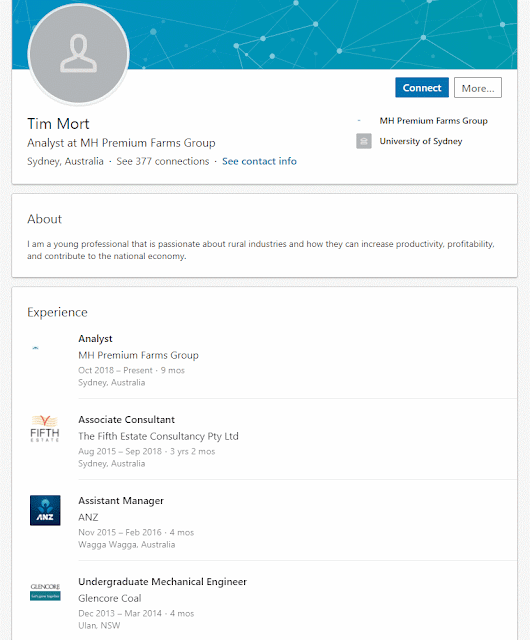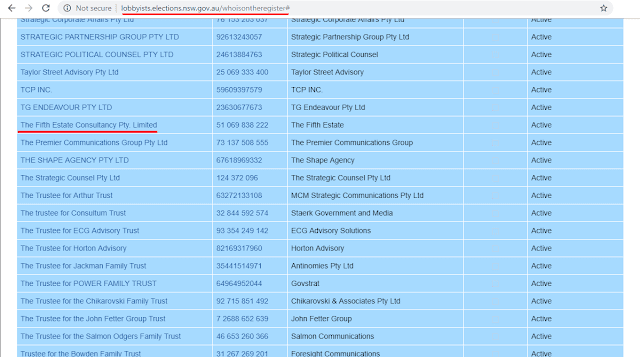AWB boss 'feared sanctions-busting'
By Adam Cooper
Peter Geary. File photo.
A FORMER executive of the Australian Wheat Board knew the exporter had contracts that delivered millions of dollars to Saddam Hussein's regime in Iraq, despite concerns he would be branded a "sanctions buster" within the United Nations, a trial has heard.
Peter Geary, the exporter's former general manager for trading, knew AWB was making secret payments between 1999 and 2003 under the guise of trucking and service fees paid to a Jordanian transport company that was a front for the Iraqi government, the Supreme Court has heard.
The Australian Securities and Investments Commission has brought a civil case against Mr Geary and former AWB chairman Trevor Flugge over the $300 million cash in sham payments.
The commission alleges both men breached their duties.
Mr Geary faces 13 allegations of breaches and Mr Flugge four allegations.
Each breach carries a maximum fine of $200,000.
Continuing his opening on Tuesday, Norman O'Bryan, SC, for ASIC, told the court Mr Geary was the manager of AWB's New York office between 1995 and 1998 and had a good knowledge of the UN's rules regarding trade contracts with Iraq.
Mr O'Bryan said Mr Geary knew of the risks of going down the "limited information route" when dealing with the UN and feared being cast as a "sanctions buster". Despite this, he and Mr Flugge knew contracts AWB signed with the Iraqi Grain Board breached UN rules, Mr O'Bryan said, but neither man raised the alarm.
"It's not difficult to draw the inference they knew of the risks they were taking when they decided to breach those sanctions," Mr O'Bryan said.
AWB's contracts received an immediate "haircut" to return them to fair value once a coalition of countries, including Australia, invaded Iraq in 2003 and took control of the country's books.
The court was told of email correspondence among AWB executives that discussed the payments to the transport company, Alia.
One email centred on variations in the trucking fees, another addressed a new method of paying the trucking company and in another, an executive advised a colleague to consider dragging a "very large suitcase" into Iraq, which Mr O'Bryan described as an "explicit or semi-humorous" instruction.
Lawyers for Mr Flugge and Mr Geary are yet to respond.
The trial continues before Justice Ross Robson.
with AAP



















